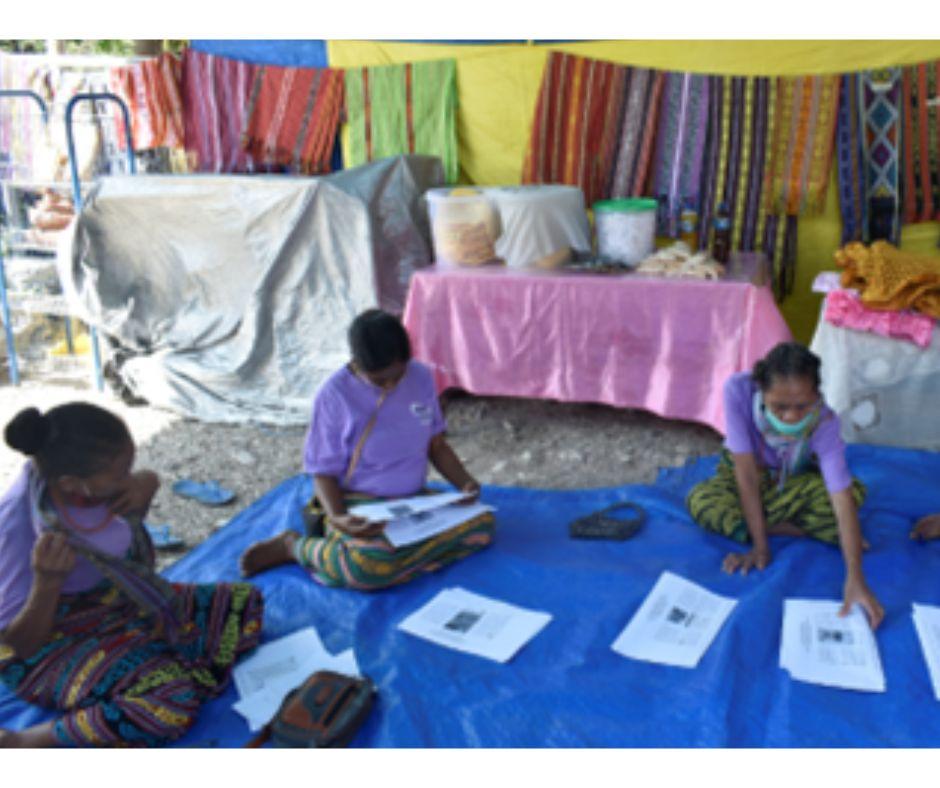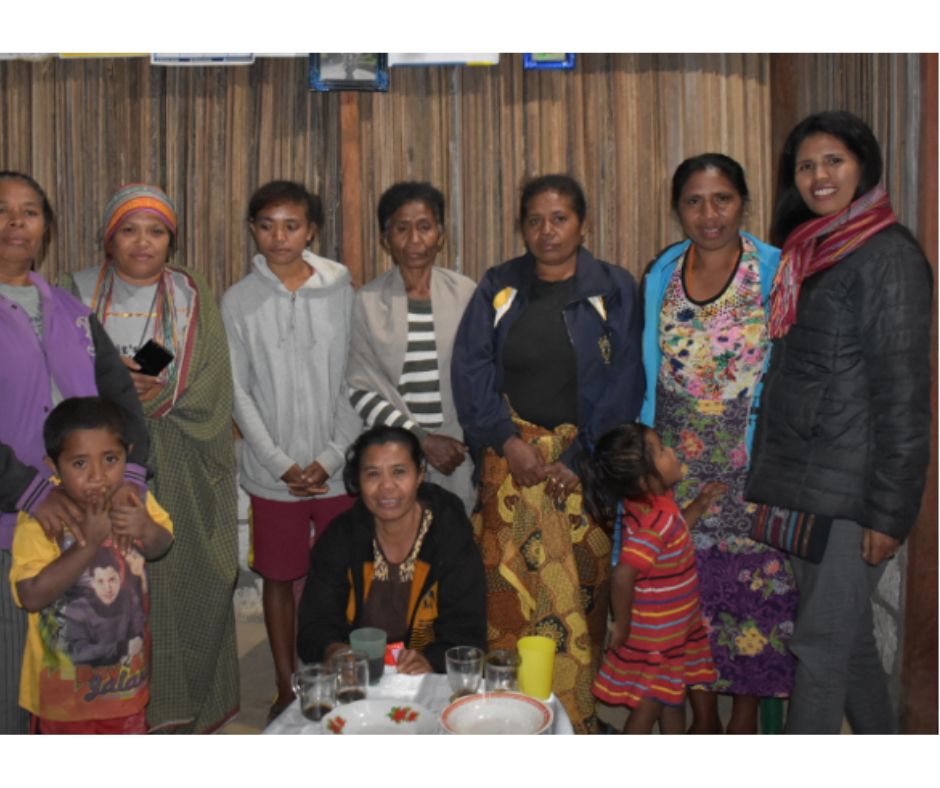
“The power of women’s stories is a space to listen to the silent voice of women. Their stories build strong narratives that inspire others to rise from vulnerability into empowerment.”
The goal of the project is to generate insights and opportunities from women’s stories to support future actions for improving the capacity, confidence, knowledge, and empowerment of women, so women are more likely to stand as candidates for leadership roles.
Main Objectives:
- Recording the knowledge and experiences of the women in their daily lives.
- Writing and analyzing strengths, weaknesses, opportunities, and threats for women in community which maybe obstacle to them standing as candidates for leadership roles
- Creating a space for learning, sharing, and empower women and communities through an exhibition and workshop
- Challenging concepts of masculine and feminine which hold women back from leadership roles
The "Power of Women’s Stories" project, implemented by Serlinia Rambu in collaboration with Indonesian Women’s Coalition (IWC) in Kupang and Soe, East Nusa Tenggara, aimed to empower women by recording, analyzing, and showcasing their lived experiences. Using a co-design methodology, the project documented the personal and collective stories of 10 women storytellers, selected across three generations—elderly, adult, and young women—who had demonstrated leadership or social change in their communities. The stories highlighted resilience, creativity, and transformation in the face of poverty, patriarchal systems, and social challenges.

Despite delays due to COVID-19, the project successfully hosted four exhibitions, both online and offline, where the documented stories were presented through posters, storytelling sessions, and discussions. These exhibitions were held in local communities, a government office, and university campuses, drawing public interest and appreciation, particularly from young people and local leaders. The stories not only raised awareness of the barriers women face but also inspired attendees to support gender equality and women’s leadership. The project emphasized the importance of spaces for women to be heard, valued, and empowered to act.
In addition to storytelling and exhibitions, the project sparked ongoing grassroots initiatives, including youth feminist discussions, craft training, and plans for cooperative support. The stories contributed to challenging gender norms and reshaping community understanding of women’s roles. Through documenting the strength, leadership, and creativity of these women, the project fostered a wider movement for collective empowerment and helped lay the groundwork for future community-based education and advocacy around women’s rights and leadership.

